Chester Carlson’s first xerographic apparatus
Last modified: Dec 27, 2024 @ 11:01 pm
From 1939 to 1944 Chester Carlson visited several companies to show his first xerographic apparatus. This was some sort of prototype, and it was not possible to produce a copy with the machine. He was turned down by more than twenty companies, and even the National Council dismissed his work.
In March 1941, IBM’s director of market research requested a demonstration of Chester Carlson's invention, but Carlson faced a critical issue: he lacked a working model.
About a year before, he had hired the Precision Instrument Company, in Brooklyn, to build a machine like the one he later depicted in the drawings included in his fourth patent application, which he submitted in November 1940 (and which was approved four years later) This resulted in a device resembling a lawn mower engine with innovative features like a rotating drum and a compact design. However, the machine didn’t function, prompting Carlson to seek help from a more experienced machinist in Manhattan.
Progress was slow due to war-related manufacturing priorities, but Carlson eventually managed a partial test. A nearly perfect image appeared on the drum, but the machine failed to transfer or fix the image onto paper and malfunctioned after a few operations. Carlson was left with a half-finished model and mounting expenses, realizing that fundamental scientific and mechanical challenges remained unsolved.
Despite years of effort and substantial financial investment, Carlson’s model was far from functional. He had no means of creating usable copies, only a deeper understanding of the complexities ahead. IBM’s persistent requests to see the model left Carlson frustrated and evasive, as he knew his invention wasn’t ready to demonstrate. By 1941, Carlson’s path forward was uncertain, and the development of xerographic technology still lay in the distant future.
Finally, in 1944, Battelle Memorial Institute, a non-profit research organization, became nterested, signed a royalty-sharing contract with Carlson, and began to develop the process.
And in 1947, Battelle entered into an agreement with a small photo-paper company called Haloid (later to be known as Xerox), giving Haloid the right to develop a xerographic machine.
This is Chester’s first xerographic apparatus (images below). It never worked well, but researchers at Battelle Memorial Institute and Haloid Company later applied the resources needed to turn the basic discovery into functional, and ultimately profitable, machines.


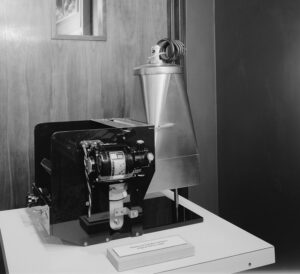
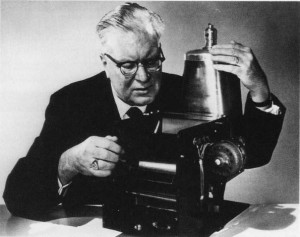
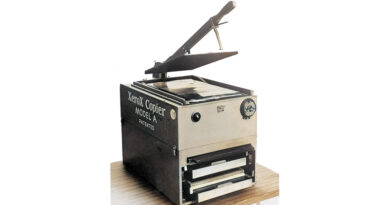
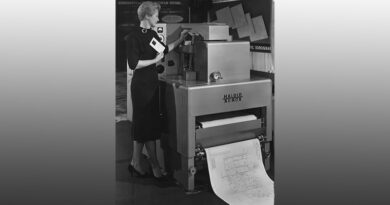
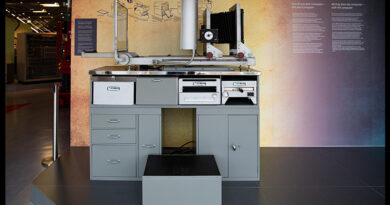
if it didn’t make copies, what did it do?
The following text is from the book Copies in Seconds, by David Owen and explains in some more detail about this prototype model: “Carlson had hired the Precision Instrument Company, in Brooklyn, to build a machine like the one he later depicted in the drawings included in his fourth patent application, which he submitted in November 1940 (and which was approved four years later). However, the machine hadn’t been completed to the point where it would transfer the image to a sheet of paper and fix it, so no copies were preserved. Also, the machine got badly gummed up with… Read more »
Wow! Turned down by 20+ companies with no vision. Good on him for his persistence.